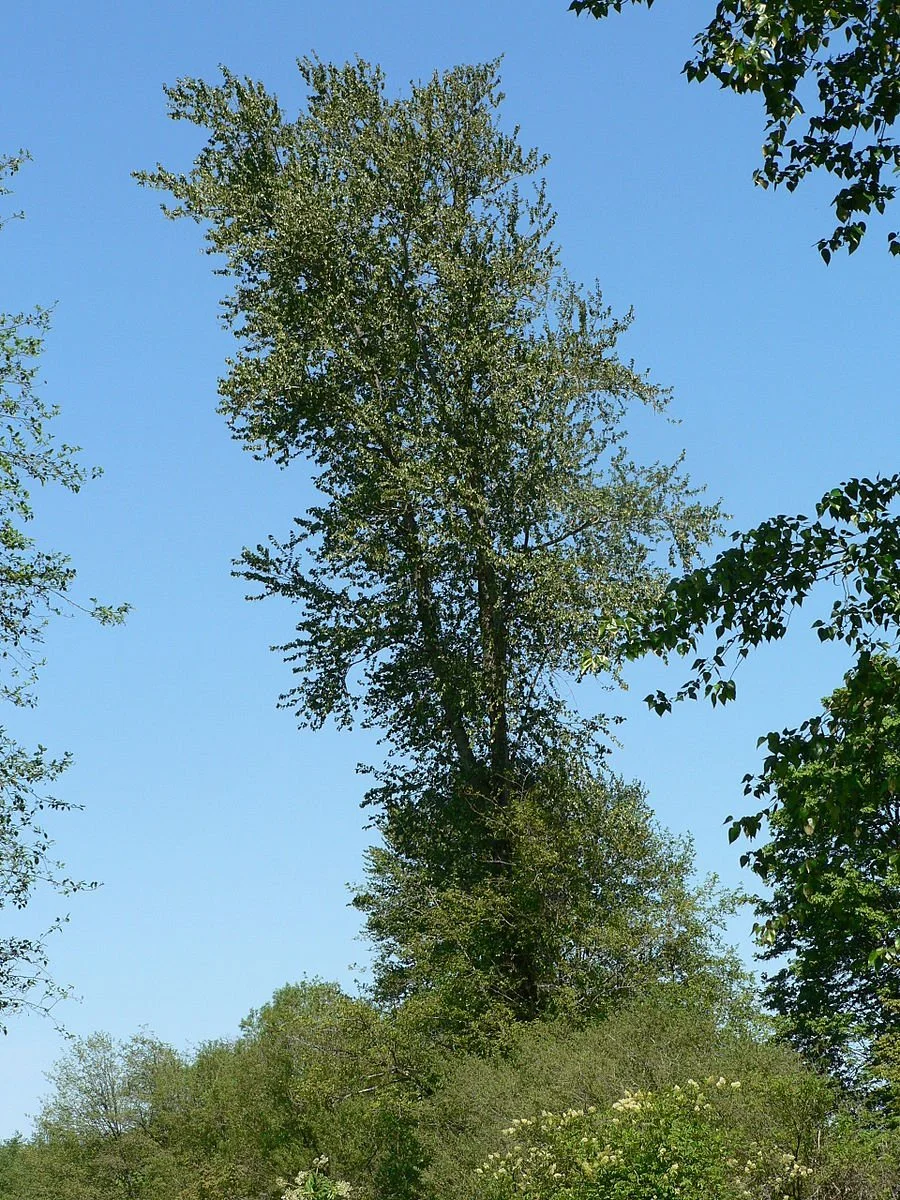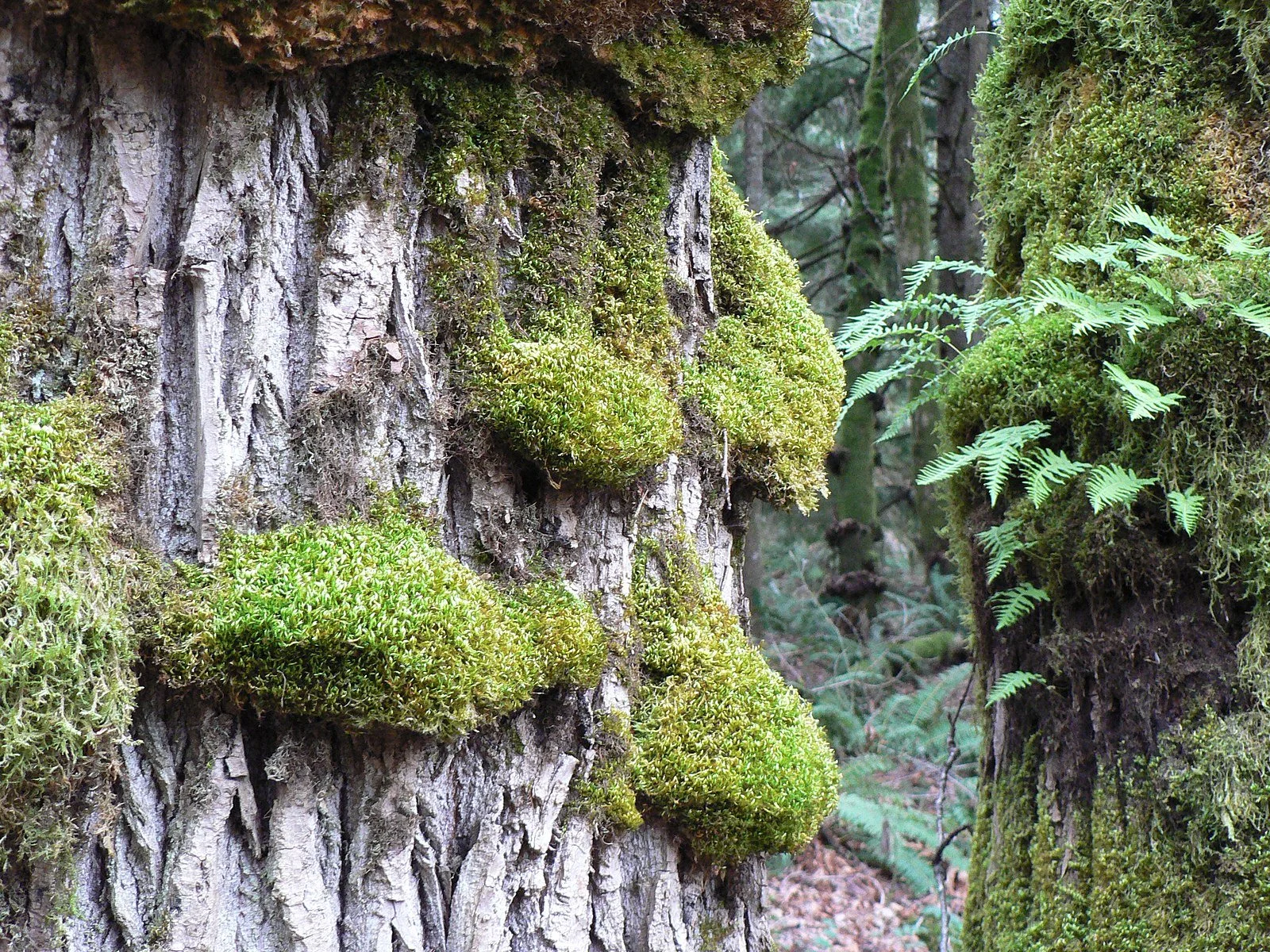A Guide to Populus Trichocarpa: A Fast-Growing Deciduous Tree
Populus trichocarpa, commonly known as black cottonwood, is a fast-growing deciduous tree native to North America. It is known for its impressive height and wide canopy, making it a popular choice for landscape use. In this article, we will explore the growth habit, and foliage of Populus trichocarpa, as well as its native range, hardiness zones, sun exposure, landscape use, disease and pest resistance, historical use, and known cultivars.



Growth Habit
Populus trichocarpa is a large tree that can grow up to 100 feet (30.5 meters) tall and 60 feet (18.3 meters) wide. The trunk is typically straight and can have a diameter of up to 3 feet (0.9 meters). It has a broad, spreading canopy that is often pyramidal.
Foliage
Populus trichocarpa is deciduous, meaning it loses its leaves in the fall. The leaves are arranged alternately on the branches and are simple, ovate in shape, and 2-6 inches (5-15 centimeters) long. The color is bright green in the summer and turns yellow in the fall before falling off.
Flowers/Seeds/Fruits/Cones
Populus trichocarpa produces clusters of small, greenish-yellow flowers in the spring. These are catkins, which are long, drooping clusters of flowers that do not have petals. The seeds are contained in capsules about 2 inches (5 centimeters) long and are dispersed by the wind.
Native Range
Populus trichocarpa is native to North America and can be found along the west coast from Alaska to California and eastward to the Rocky Mountains. It is also found in the Great Basin and the upper Mississippi River.
Hardiness Zones
Populus trichocarpa is hardy in USDA hardiness zones 3-8. It can tolerate a wide range of temperatures, making it suitable for many regions of North America.
Sun Exposure
Populus trichocarpa prefers full sun exposure and can tolerate partial shade. It grows best in well-drained, moist soils.
Landscape Use
Populus trichocarpa is a popular tree for landscape use due to its fast growth and impressive height. It is often used as a shade tree and can provide a visual barrier or privacy screen. It is also often used in riparian restoration projects and for erosion control.
Disease & Pest Resistance
Populus trichocarpa is resistant to many common diseases and pests, making it a low-maintenance tree. It is, however, susceptible to leaf rust, which can cause yellowing of the leaves and defoliation.
Historical Use
Populus trichocarpa has a long history of use by Indigenous people in North America. The wood was used for making baskets, canoes, and other tools. The tree's bark was also used for medicinal purposes.
Cultivars and Introductions
Several cultivars of Populus trichocarpa have been introduced to the trade, including 'Beaumont,' 'Cascadia,' and 'Mason.' 'Beaumont' is a cultivar introduced by the US Forest Service and is known for its fast growth and resistance to leaf rust. 'Cascadia' is a cultivar introduced by Oregon State University and is known for its large, dark green leaves. 'Mason' is a cultivar introduced by the University of British Columbia and is known for its excellent form and disease resistance.
Similar Plants
Populus trichocarpa is similar in characteristics, size, and habit to other poplar trees, such as Populus deltoides (eastern cottonwood) and Populus fremontii (Fremont cottonwood). Similar trees in size and habit include Acer saccharinum (silver maple) and Fraxinus pennsylvanica (green ash). These trees also have fast growth rates and large canopies and are often used in landscape and restoration projects.
In conclusion, Populus trichocarpa, also known as black cottonwood, is a fast-growing deciduous tree native to North America. It is hardy in many North American regions and resistant to many common diseases and pests. Several cultivars of Populus trichocarpa have been introduced to the trade, including 'Beaumont,' 'Cascadia,' and 'Mason,' with similar characteristics to other species of poplar trees, such as Populus deltoides and Populus fremontii. If you're looking for a fast-growing tree with a broad canopy.
